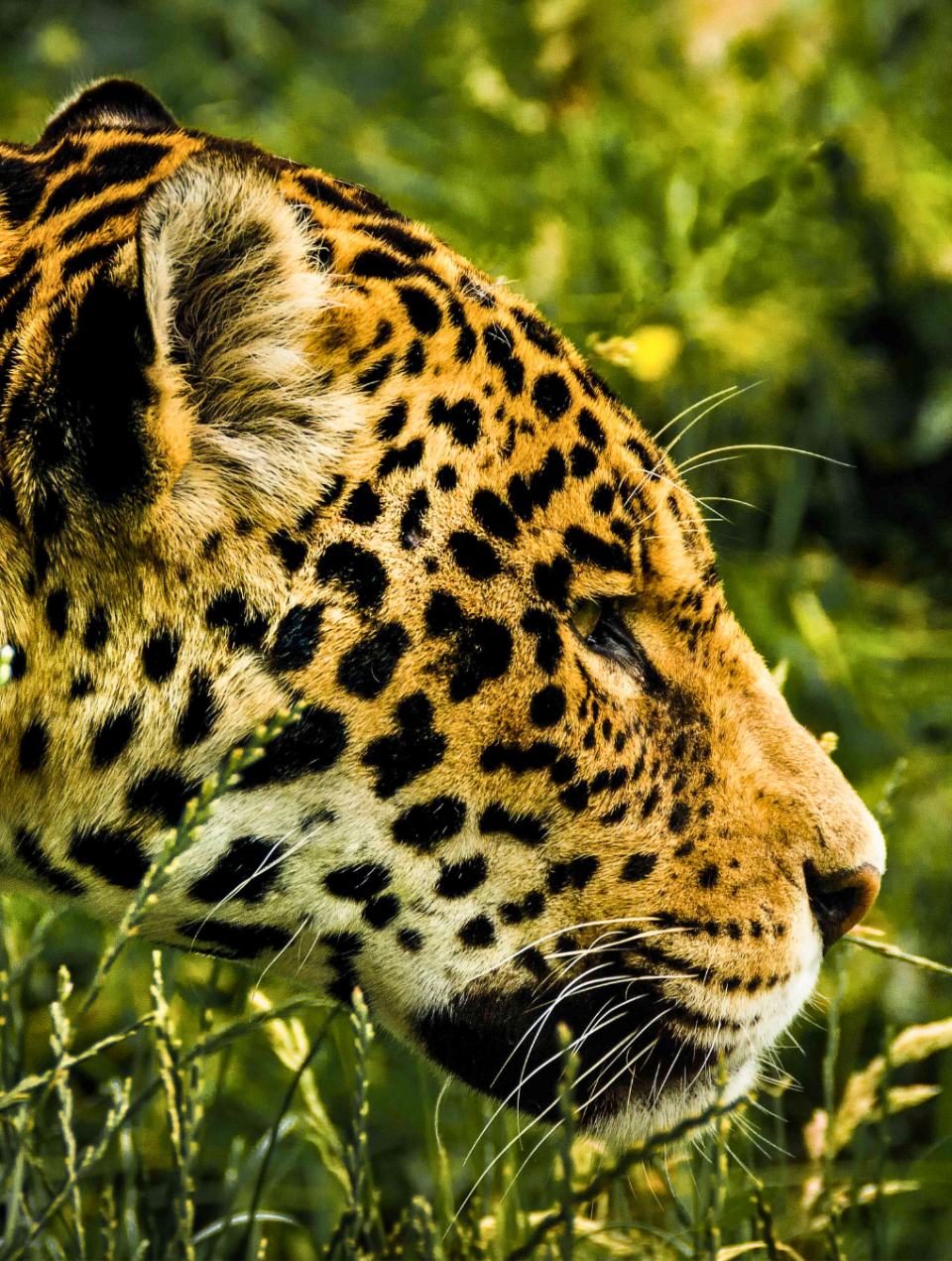-
Date:
08 Oct 2024
-
Location:
Room 2.2.14, Ciências ULisboa (in-person only)
-
Schedule:
14h00-15h00
-
Lecturer or Responsible:
Luciano M. Verdade, Director of the Wildlife Management Consultancy & Retired Professor of the University of São Paulo, Brazil

According to Graeme Caughley*, the need for human intervention in wildlife at population level has four alternatives: increase a depleted population, decrease an excessive population, achieve the maximum sustainable yield of a valuable population, or just "keep an eye" on populations that do not fit these categories. It is no coincidence that these alternatives include the major fields linked to biodiversity management as follows: biological conservation, control/coexistence, sustainable use, and monitoring. Considering that most species are not endangered, economically valuable, nor damaging, but can become one of these categories due to anthropogenic impacts, monitoring is the most demanding category of wildlife management.
Land use change due to agriculture expansion or intensification is one of the main causes of biodiversity loss. However, agricultural landscapes contain a significant part of the biota, including endangered, damaging and economically valuable species. In such a context, the main goal of this study was to improve wildlife monitoring in three levels: conceptual, technological, and societal. As a result, we developed a standardized protocol of a long-term crossing-scale (from local to regional level) wildlife monitoring to be established in agricultural landscapes.
*Caughley, G. 1994. Directions in conservation biology. Journal of Animal Ecology 63:215-244

Luciano M. Verdade
Director of the Wildlife Management Consultancy & Retired Professor of the University of São Paulo, Brazil

